The best lenses for the Sony A7 III: ideal fit for price and performance
The best lenses for the Sony A7 III need to suit a wide range of photographic genres, not least because this camera body is such a great all-rounder. Here are my best-buy recommendations.
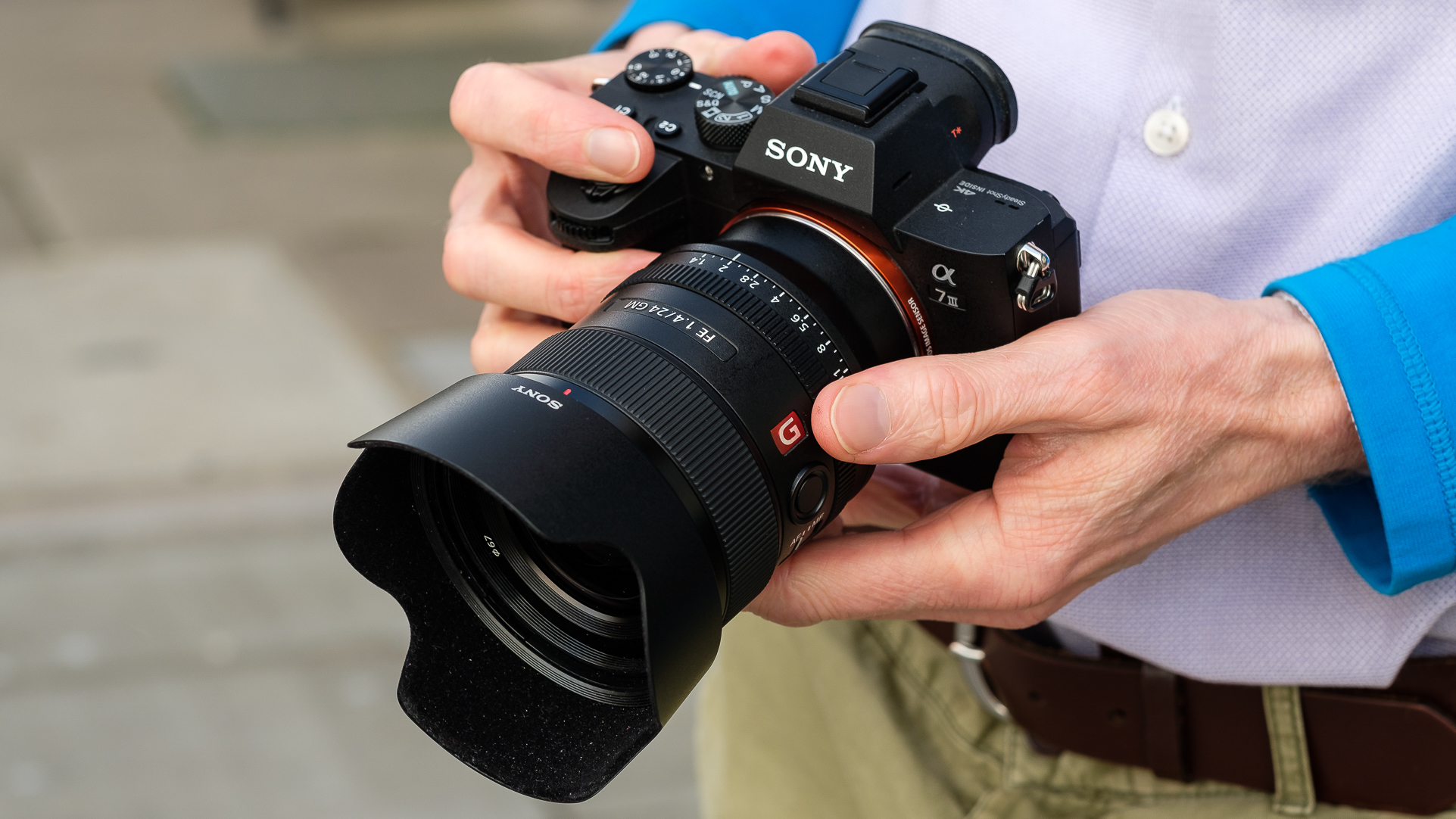
I think that buying the ‘best’ lenses for the Sony A7 III typically means getting the most bang for your buck. As a full-frame camera body, the A7 III is a terrific all-rounder but it’s also very reasonably priced. So if you’re being realistic about the cost of your camera body, it’s only natural that your choice of lenses will follow suit. Naturally, Sony makes a wealth of fabulous G Master lenses, but you also need considerable wealth to buy them. That’s somewhat at odds with the price of the A7 III, so I reckon that most of us with this camera will want to keep an eye on the budget when buying lenses.
Since it was launched, the Sony A7 III has been one of the best full-frame mirrorless cameras for the growing number of ‘hybrid shooters’ because it performs admirably for video as well as for stills. With that in mind, the best choice of lenses are often those that cater to both disciplines, boasting smooth focusing and silent operation.
Let’s get back to that ‘all-rounder’ thing. In this guide I’ve tried to cater to a wide range of shooting scenarios, so I’ve included ultra-wide angle lenses for landscapes, cityscapes, and real estate photography, as well as fast primes ideal for portraiture and still life photography, able to isolate subjects by blurring busy backgrounds. Then there are long telephoto lenses for wildlife, sports and action shots, when you really need to cover the distance. Of course, many of these lenses are also ideal for other Sony full-frame cameras from the original A7 to the A7R IV, and even the pro A9 III. Read on to find the best lenses for your Sony A7 III.
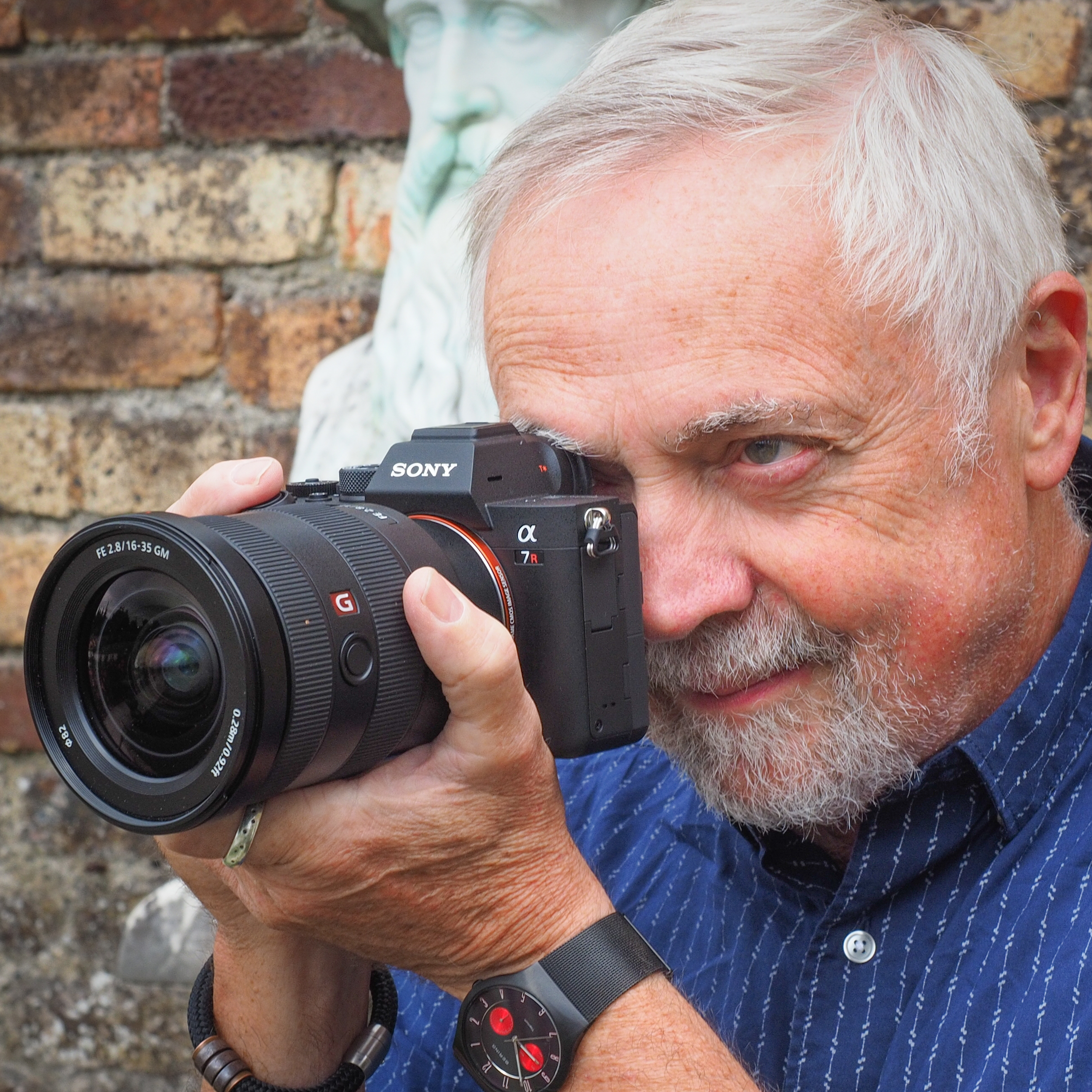
Rod is an independent photography journalist and editor, and a long-standing Digital Camera World contributor, having previously worked as DCW's Group Reviews Editor. He has used practically every interchangeable-lens camera launched in the past 20 years, from entry-level DSLRs to medium-format cameras, – and he is the author of our Sony A7 III review.
The Quick List
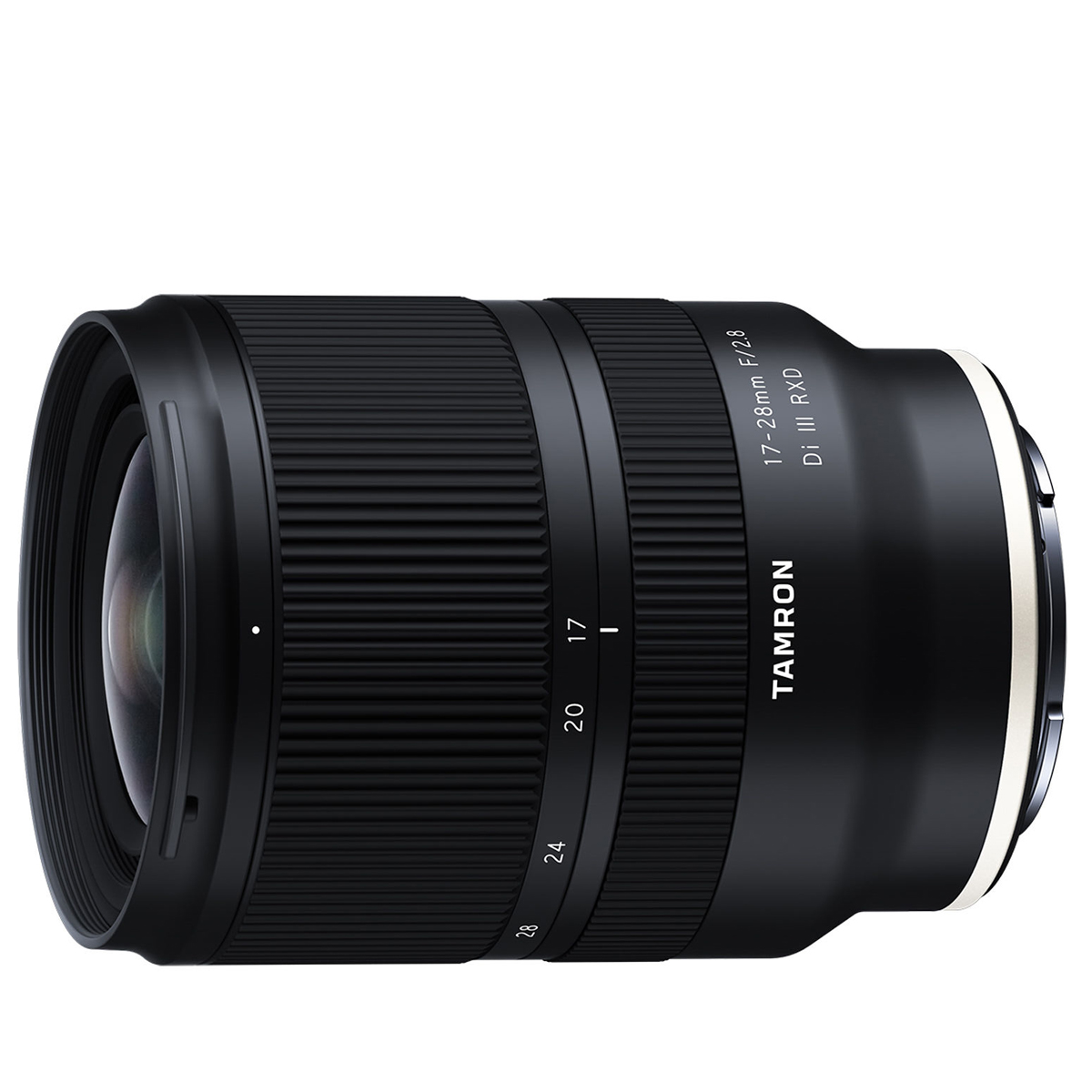
I love that this Tamron zoom gives a really wide-angle maximum field of view and a constant f/2.8 aperture, but is relatively compact and lightweight. Read more below…
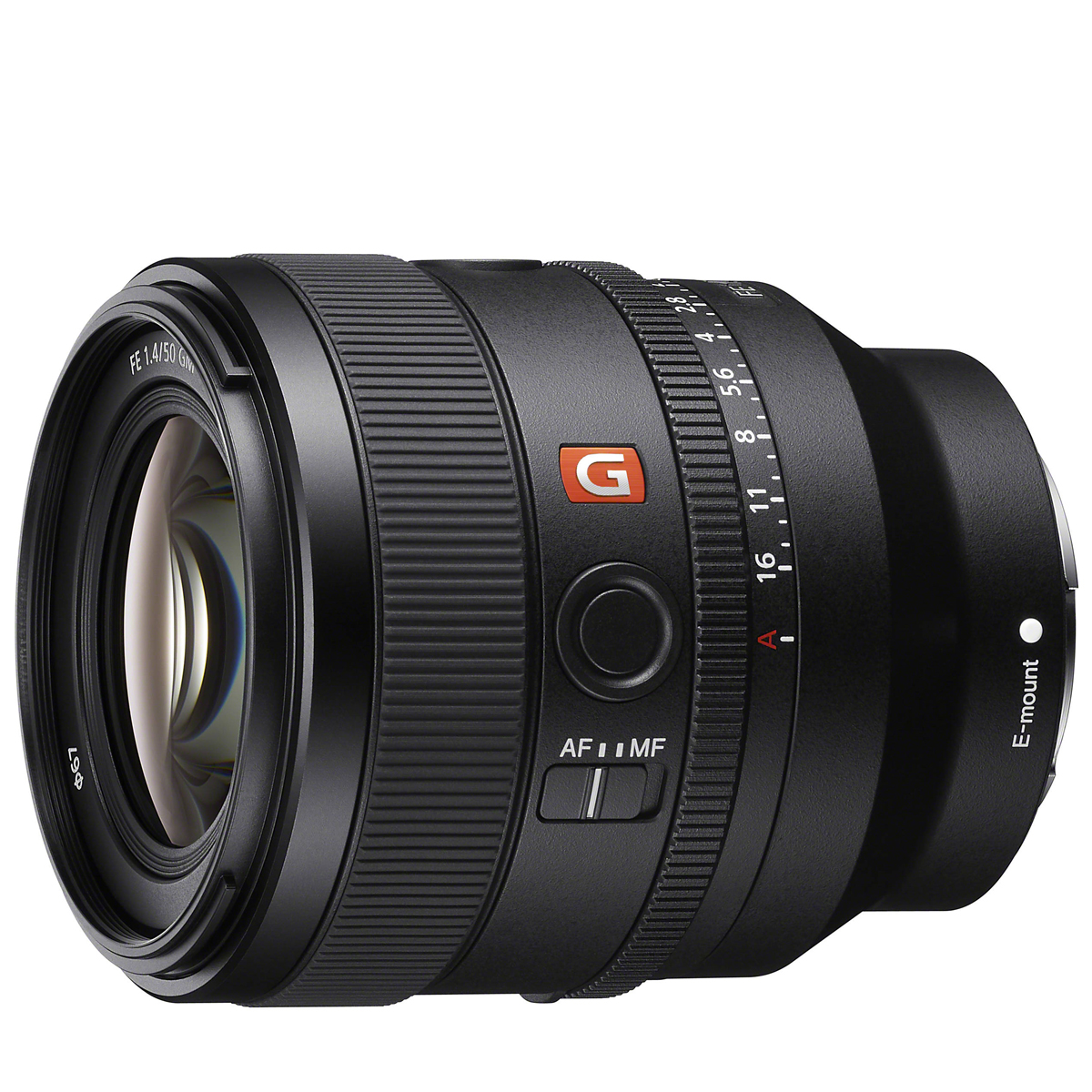
Like many, I find that a 50mm prime is a must-have lens, and this one comes complete with rapid autofocus and a wide aperture for dreamy bokeh. Read more below…
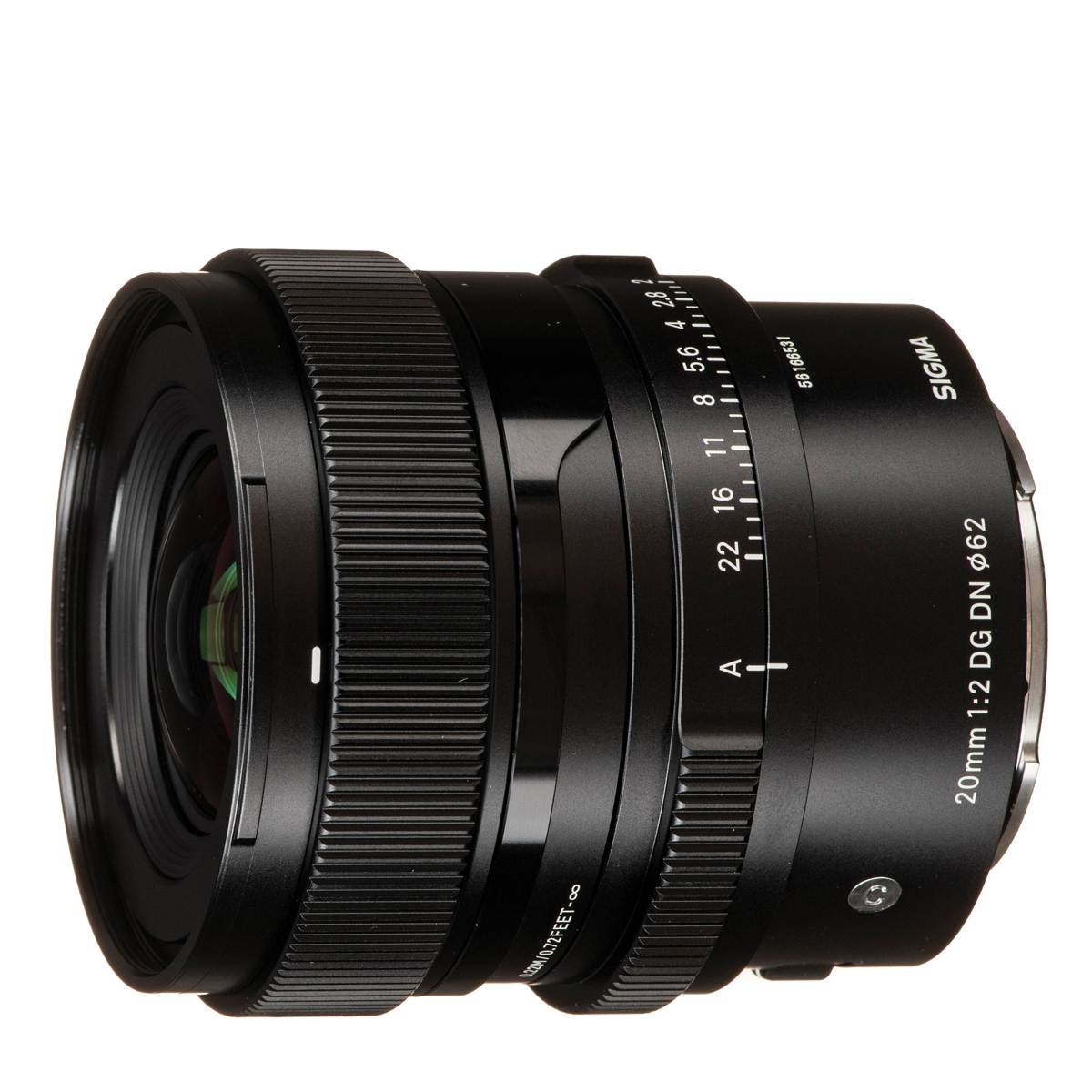
This prime gives you a fabulous angle of view for landscapes, without the bulk of a zoom. Images are super-sharp and it's reasonably priced as well. Read more below…
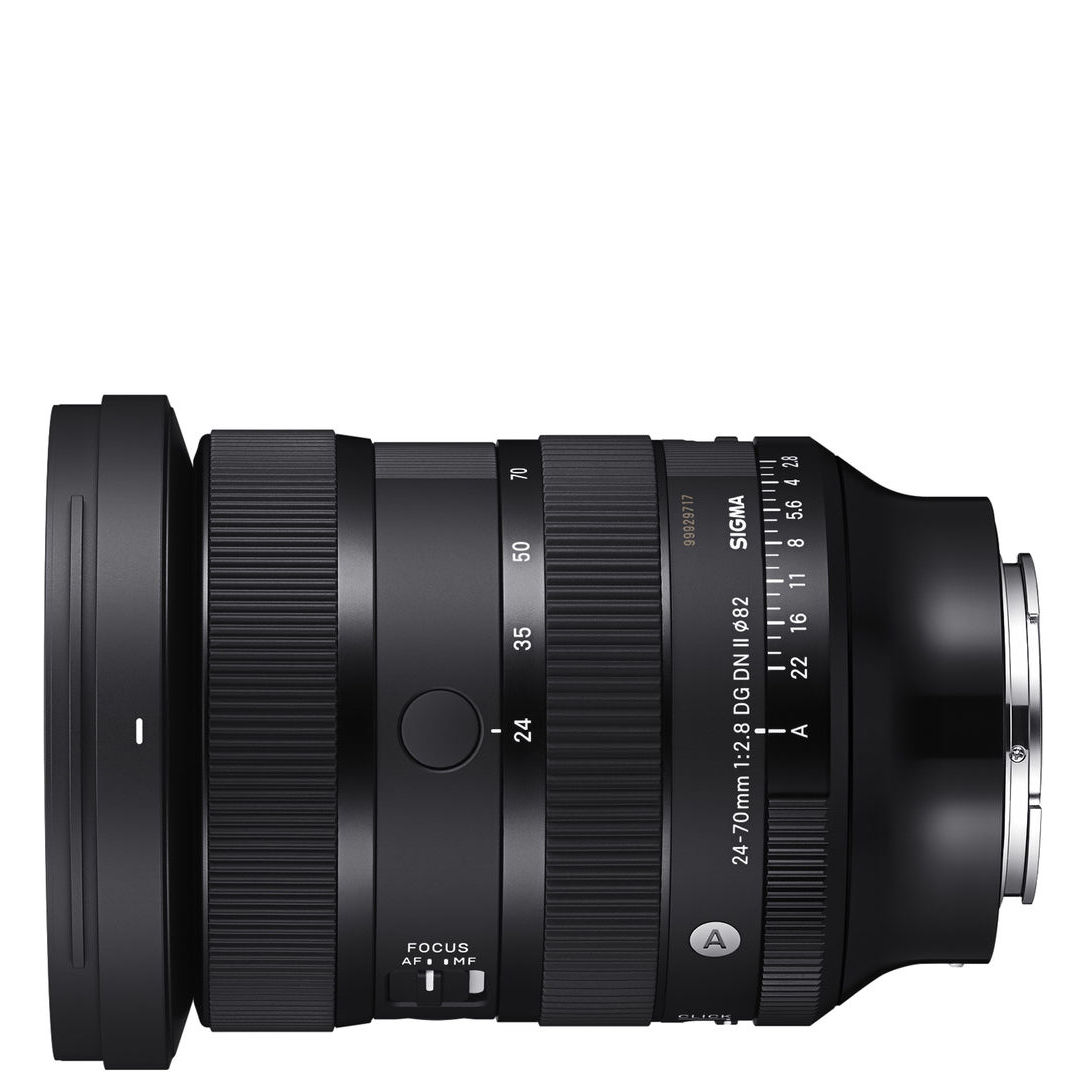
This Sigma 'trinity' standard zoom is my top choice choice for your everyday lens, with a versatile zoom range, weather-sealing and superb image quality. Read more below…
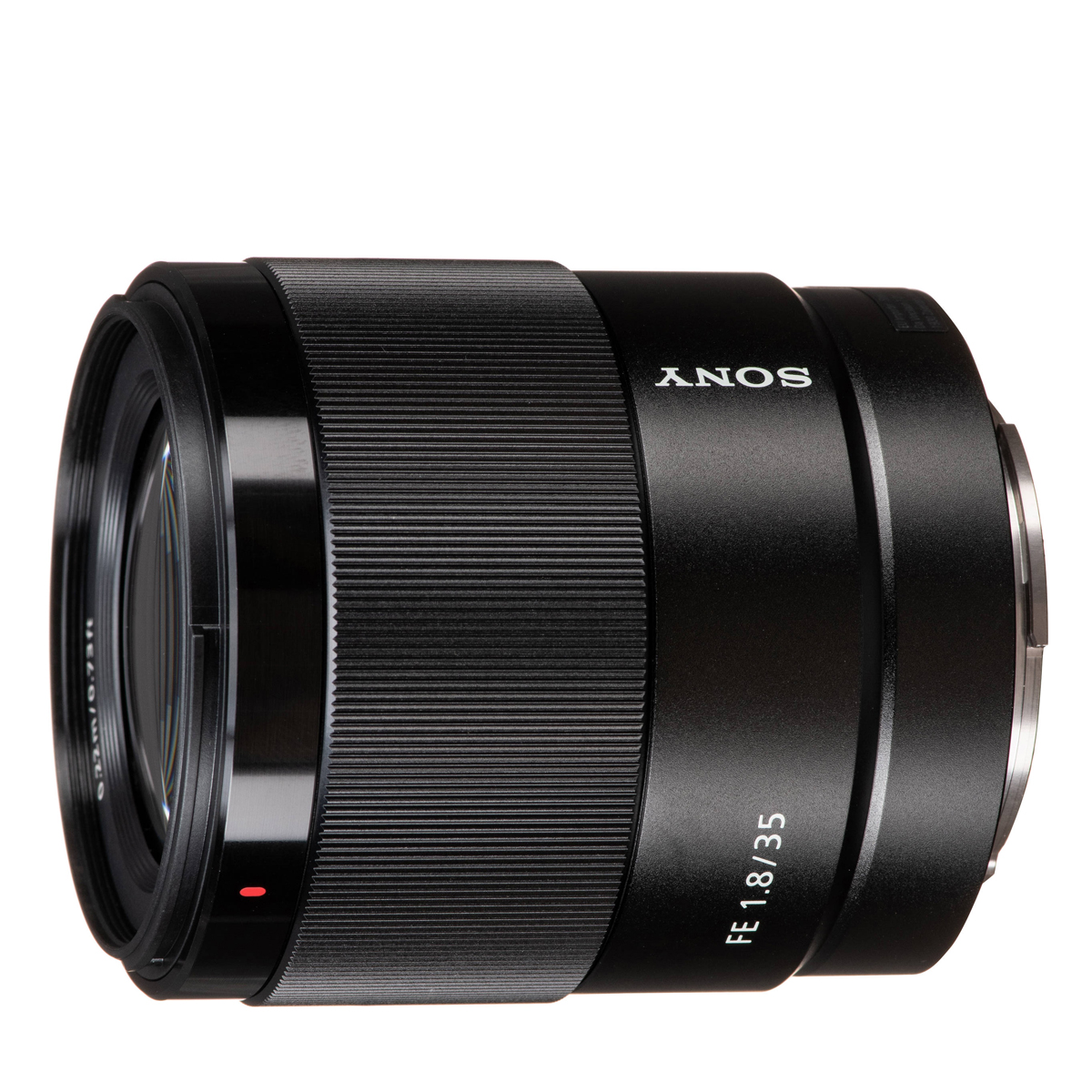
With a great focal length for street photos, this prime has a robust, weather-resistant build and I think it handles like a dream, being pretty small and lightweight. Read more below…
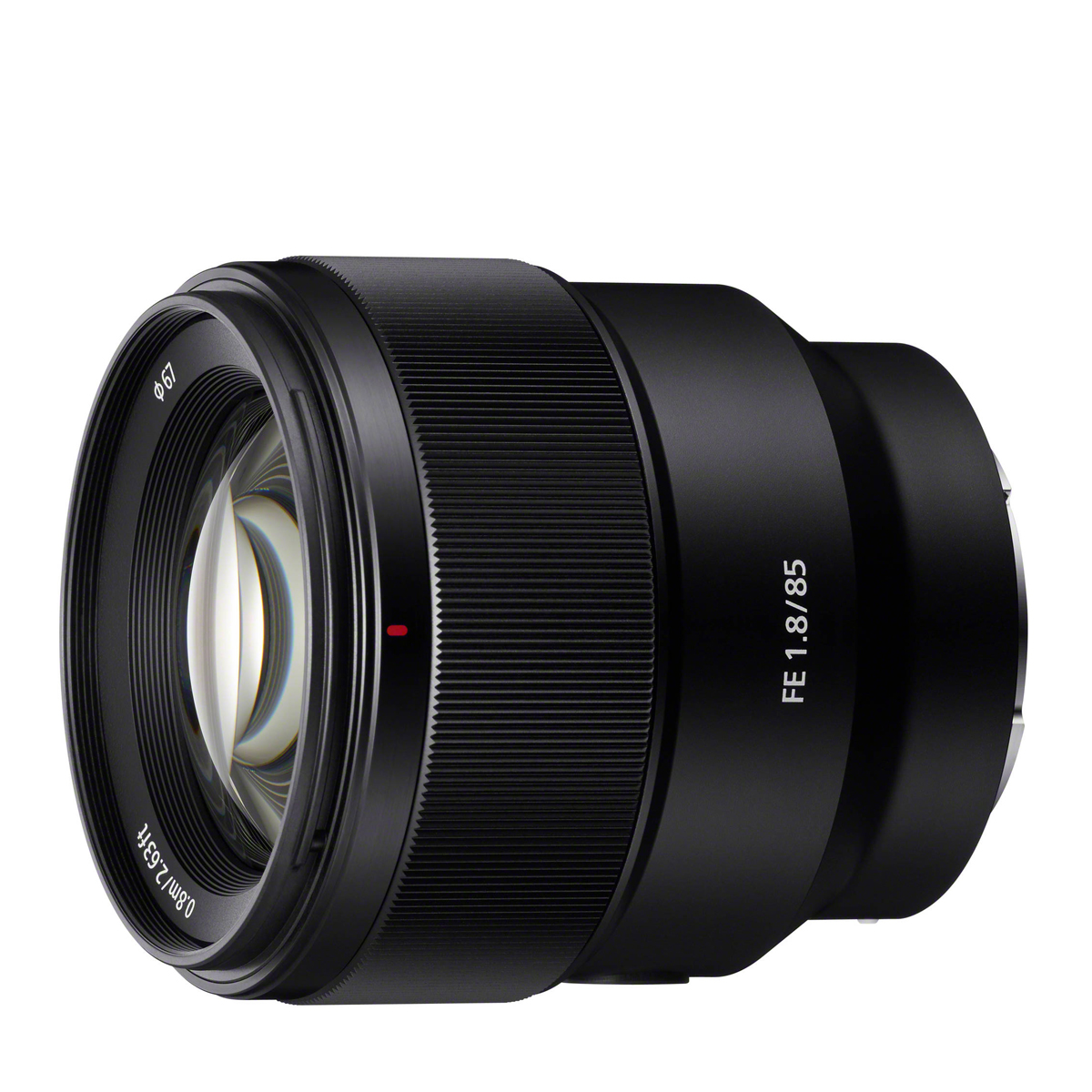
I find an 85mm prime is ideal for portraiture and this one gives a typically flattering perspective, plus a wide aperture for blurring fussy backgrounds. Read more below…
View the full list ⤵
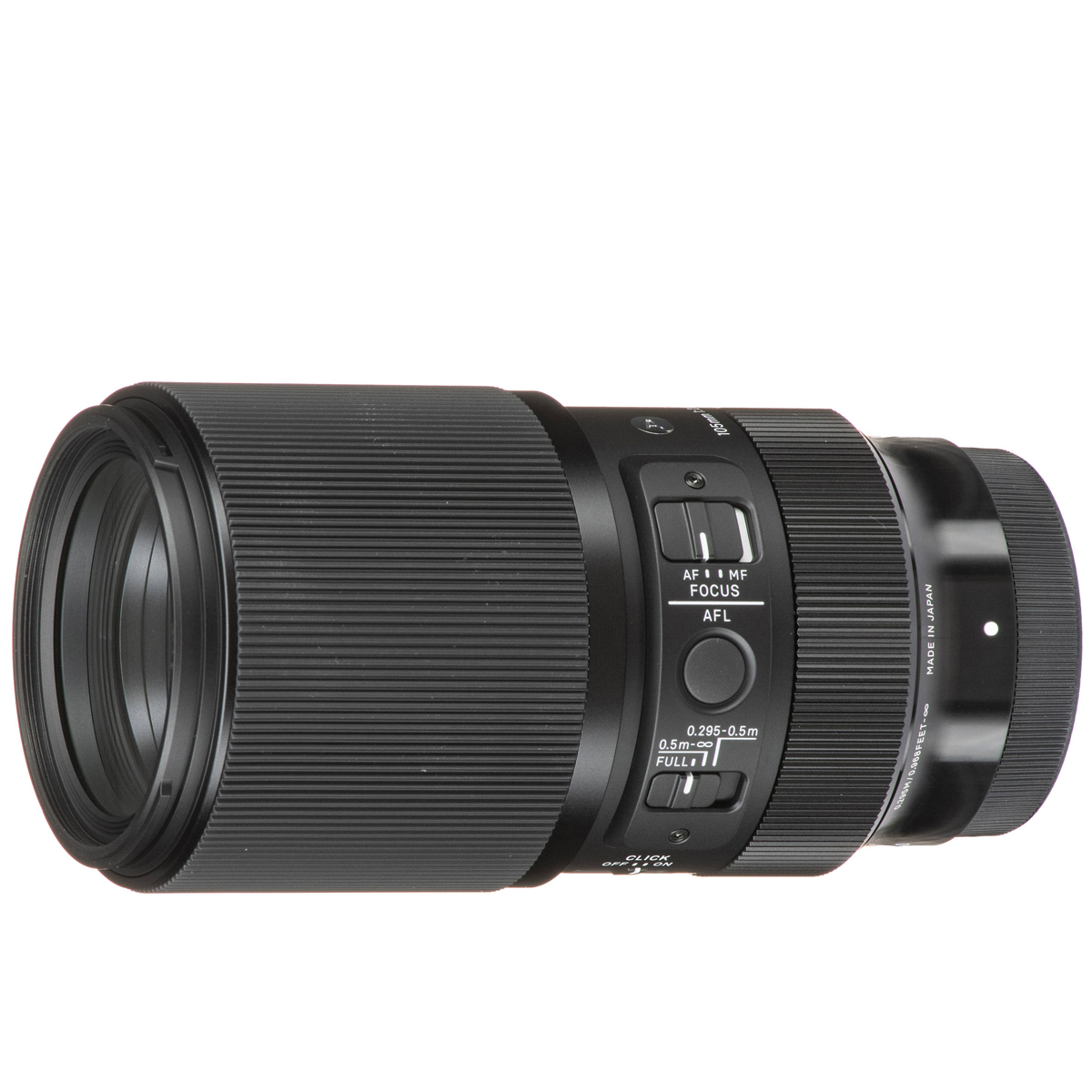
My go-to lens for macro, this Sigma gives full-size reproduction and fantastic detail, with weather seals and coatings to protect against the elements. Read more below…
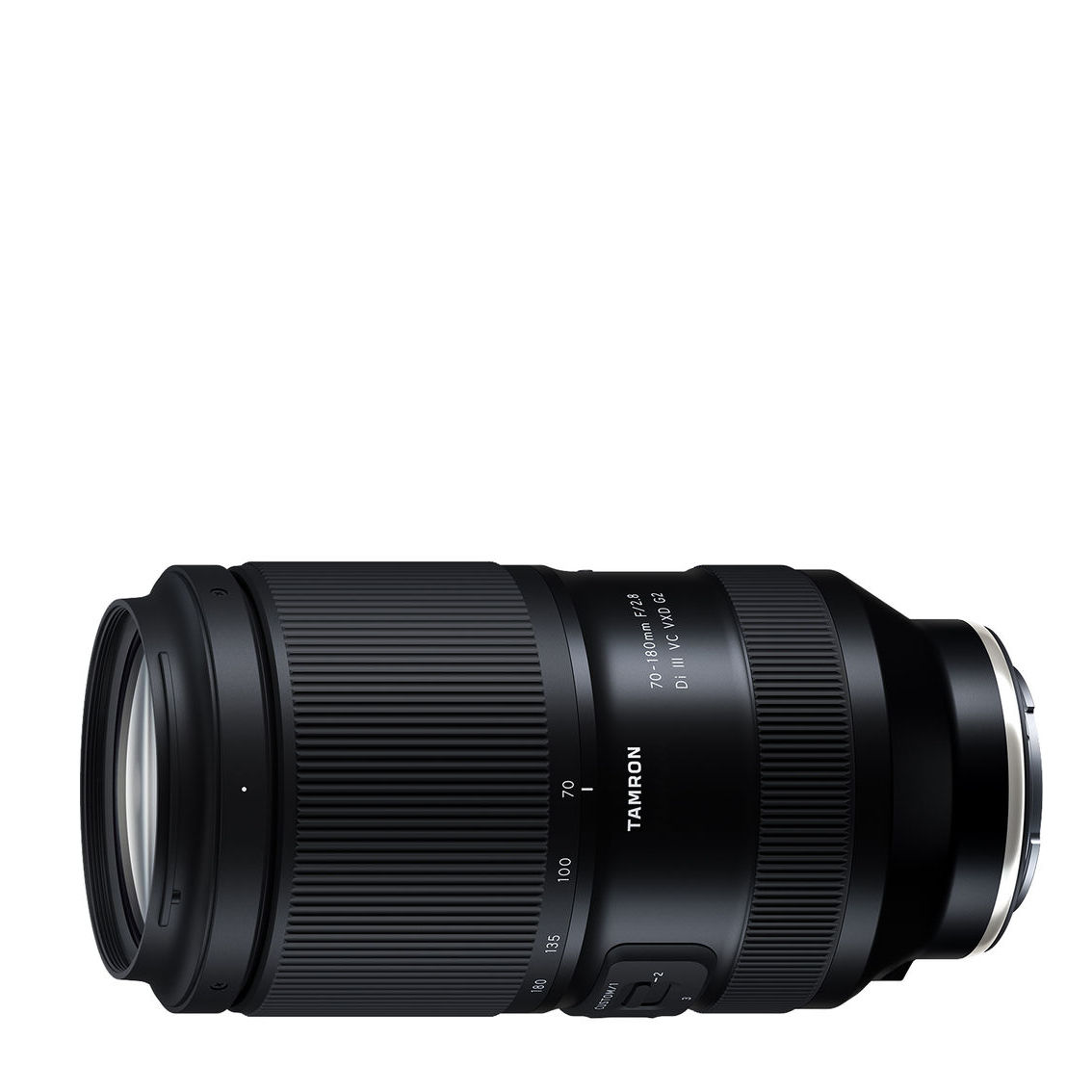
Constant-aperture f/2.8 telephoto zooms tend to be big, heavy and expensive, but I love that this Tamron is comparatively compact, lightweight and affordable. Read more below…
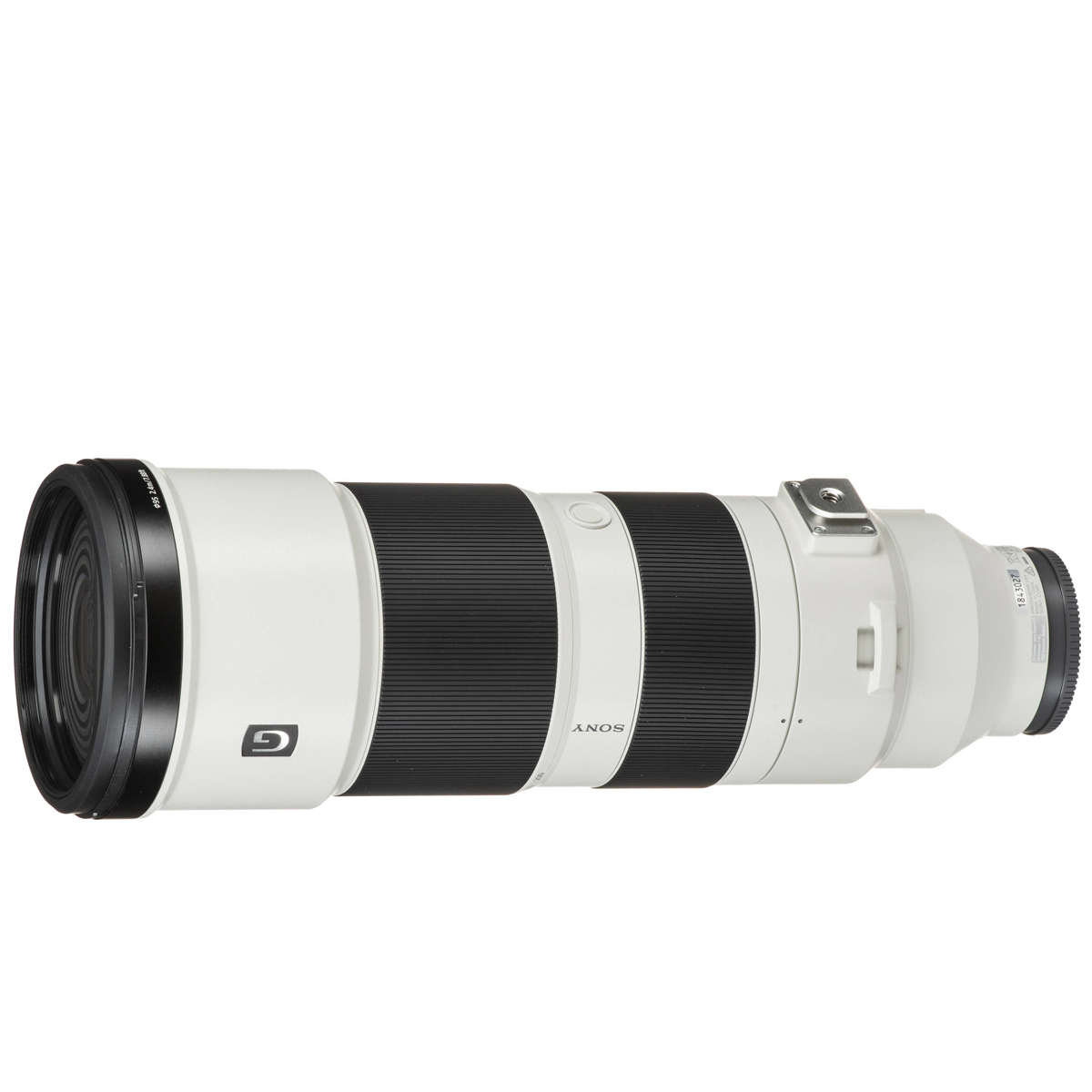
This superzoom is designed to help you cope with fast-moving subjects, ideal for sports and wildlife, with steady shot tech and plenty of focus hold buttons. Read more below…
Best lenses for the Sony A7 III
Why you can trust Digital Camera World
Best wide-angle zoom
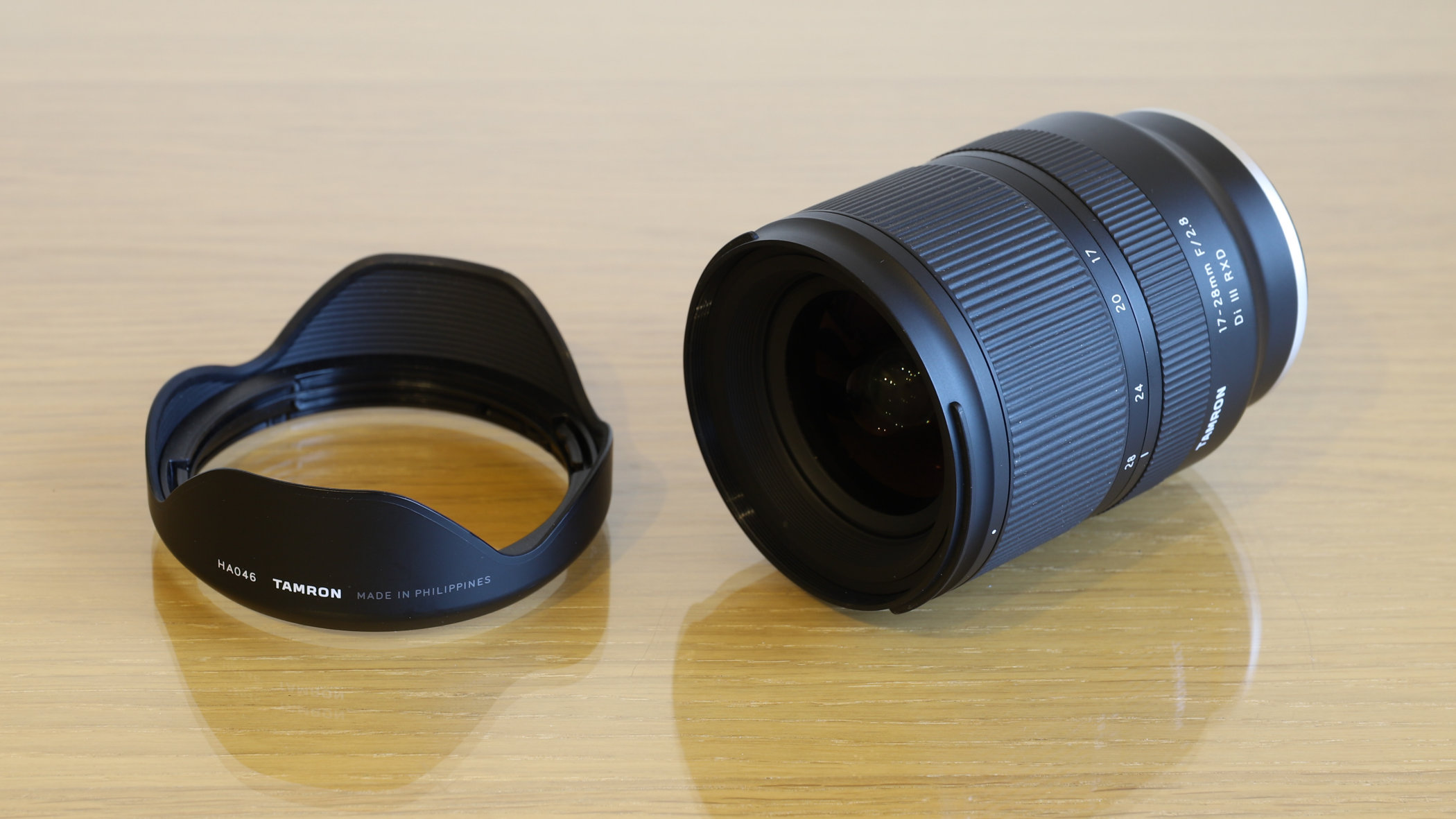
Specifications
Reasons to buy
Reasons to avoid
Sony makes some great ultra-wide zooms of its own, but they cost a packet. This wide-angle Tamron zoom puts its money where its mouth is and competes well against all other lenses in its class at a much lower price.
A useful zoom range makes it perfect for landscape photographers who need a little more flexibility when it comes to recomposing shots or wishes to shift perspectives a little. A fast, constant f/2.8 aperture also suits low-light subjects and astrophotography.
It’s not just large vistas this lens excels at though, thanks to the 19cm minimum focusing distance at 17mm it can also pick out details cleanly. A rapid eXtra silent stepping drive (RXD) produces fast, silent autofocus making it adept at video shooting too, helping to pull focus without interference.
Read more: Tamron 17-28mm f/2.8 Di III RXD review
Best 50mm lens for the A7 III

Specifications
Reasons to buy
Reasons to avoid
50mm is a popular focal length because the field of view closely resembles that of the human eye, so images look natural. The Sony FE 50mm f/1.4 is a great example of what makes the ‘nifty fifty’ lens class so versatile: its center sharpness is wonderfully detailed and the aperture is wide enough to deliver really pleasing bokeh; but at the same time, it’s light and compact.
Read more: Sony FE 50mm f/1.4 GM review
Best ultra wide-angle lens for the A7 III
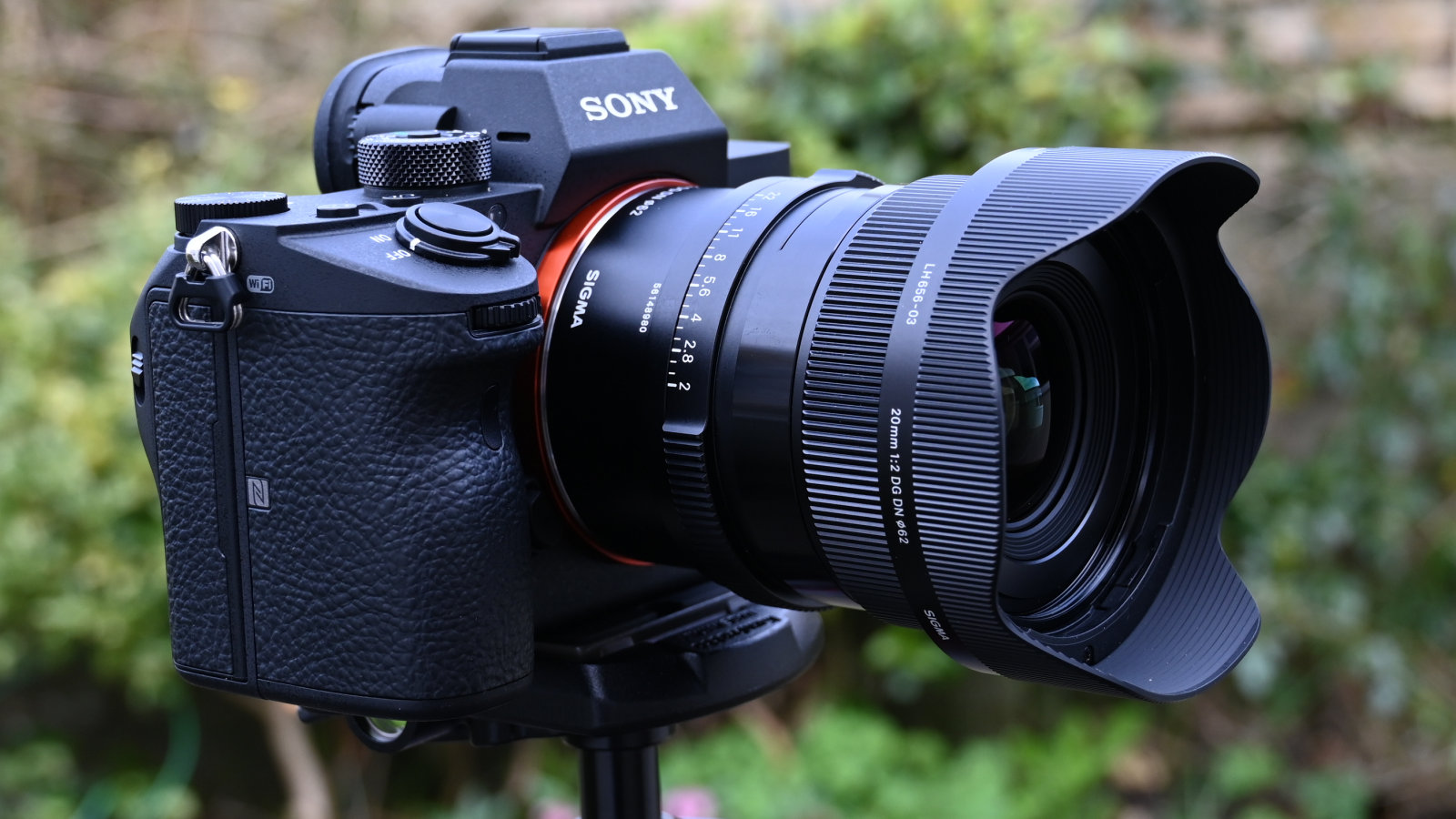
Specifications
Reasons to buy
Reasons to avoid
Ultra-wide zooms are great, but they are also pretty big and expensive and have a modest maximum aperture. Sometimes a faster, ultra-wide prime is just more convenient. Smaller and lighter than Sony's 20mm f/1.8, yet almost as fast, Sigma's 20mm f/2 is a simply superb wide prime.
It features metal construction and a high-quality optical path, but manages to remain quite light. Handling is smooth and intuitive, with responsive, virtually silent autofocus. In my tests, I was impressed by the image quality too: sharpness is terrific from the center to the edges, even at wide apertures.
Read more: Sigma 20mm f/2 DG DN | C review
Best standard zoom lens for the A7 III
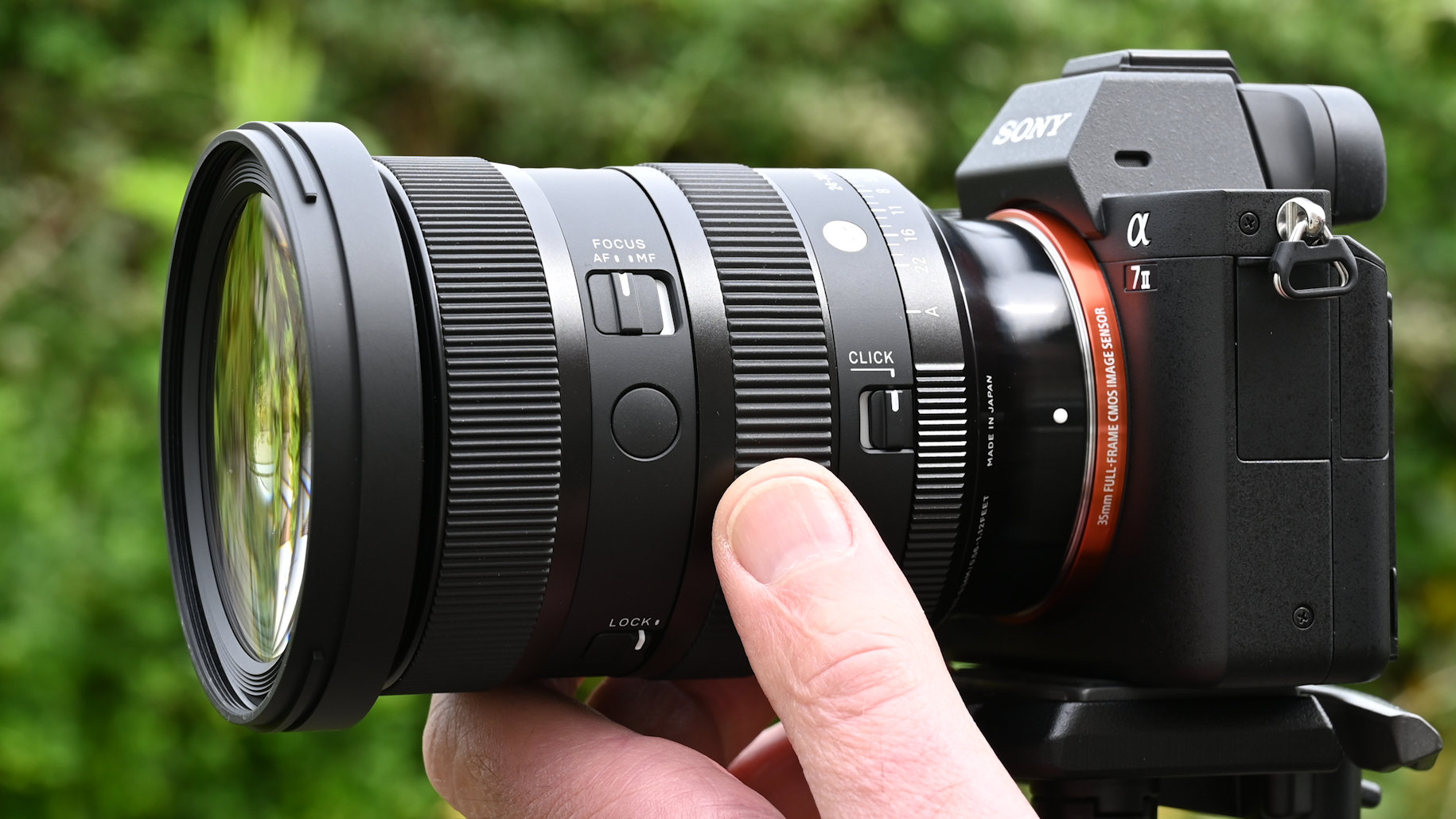
Specifications
Reasons to buy
Reasons to avoid
Back in a previous era when I had a DSLR, the Sigma 24-70mm Art was my go-to lens for everyday shooting, and I loved it. The original version of the ‘DN’ zoom for mirrorless cameras was a marked improvement and this revamped Mark II is even better. It has a redesigned optical path for greater edge-to-edge sharpness, as well as reducing sagittal coma flare, so pinpricks of light don’t take on irregular shapes. Along with excellent sharpness, the lens delivers smooth bokeh, the quality of which is enhanced by a particularly well-rounded 11-blade aperture.
I really like the handling of this lens. Additions over the original include an aperture control ring which comes complete with a click/de-click switch and a locking switch to avoid accidental operation. The de-click option is great for shooting video, and the lens has also been designed to minimize focus breathing. That’s another box ticked for shooting video. The Mark II also doubles up on AF-L function buttons, ideal for portrait as well as landscape orientation shooting, and they can be customized for other functions in camera menus, where available.
Autofocus is about three times faster than in the original lens, and well able to keep pace when tracking moving subjects, based on an HLA (High-response Linear Actuator) motor. All in all, it’s a brilliant lens for everyday shooting and I’d go as far as to say it’s pretty much as good as the Sony FE 24-70mm F2.8 G Master II which costs about twice as much to buy. This Sigma is a steal at the price.
Read more: Sigma 24-70mm F2.8 DG DN II Art review
Best street photography lens for the A7 III
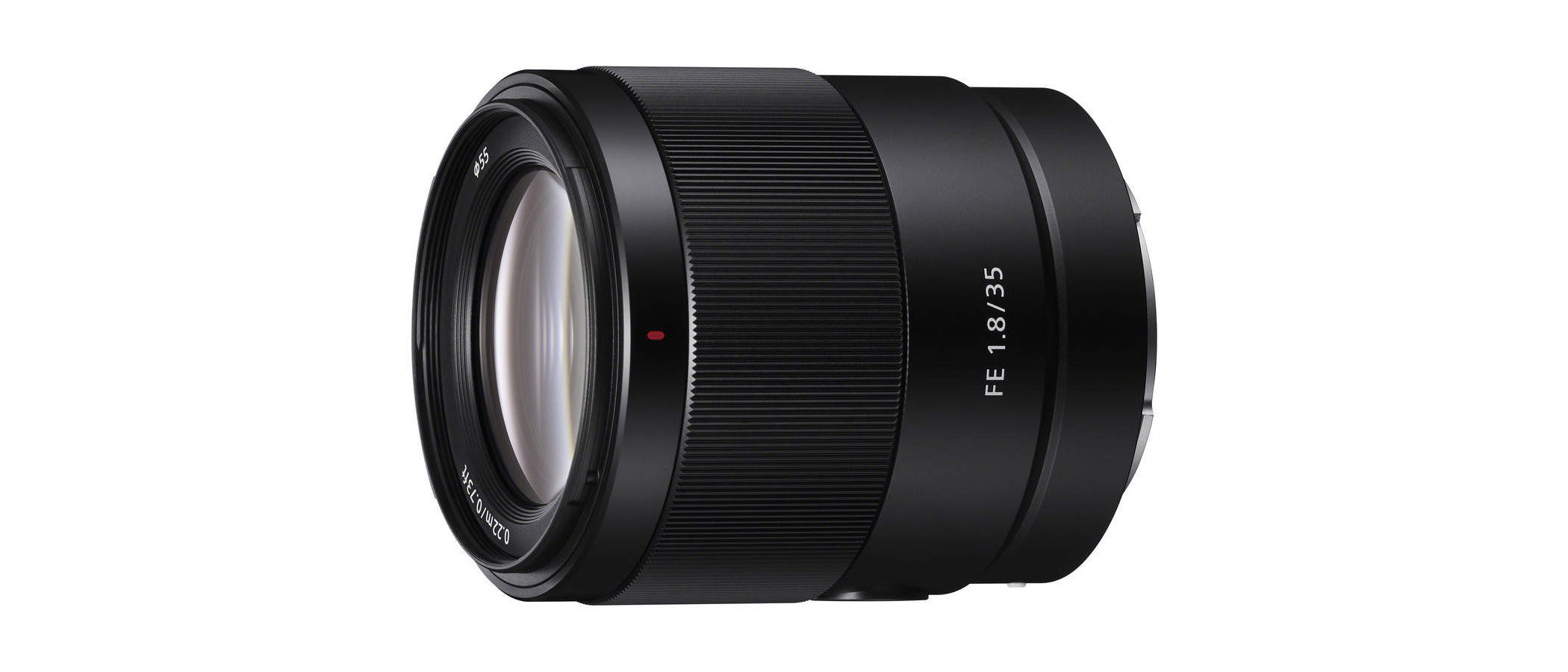
Specifications
Reasons to buy
Reasons to avoid
A fast 35mm lens is a traditional choice for street photography - and I was really impressed with the FE 35mm f/1.8 when it flew through our lab tests. I found that sharpness was outstanding - even when using it at its maximum aperture - with its sweet spot extending from f/2.8 to f/11. There is some vignetting, however, although you can quite easily fix this in most photo-editing apps.
You'd hope for the decent optical performance, mind, as this is far from being a low-cost lens. But for your money, you do get a solidly-built metal-barreled lens, which features a nine-aperture iris to help produce pleasant-looking bokeh. It is weather -proofed too.
Read more: Sony FE 35mm f/1.8 review
Best portrait photography lens for the A7 III
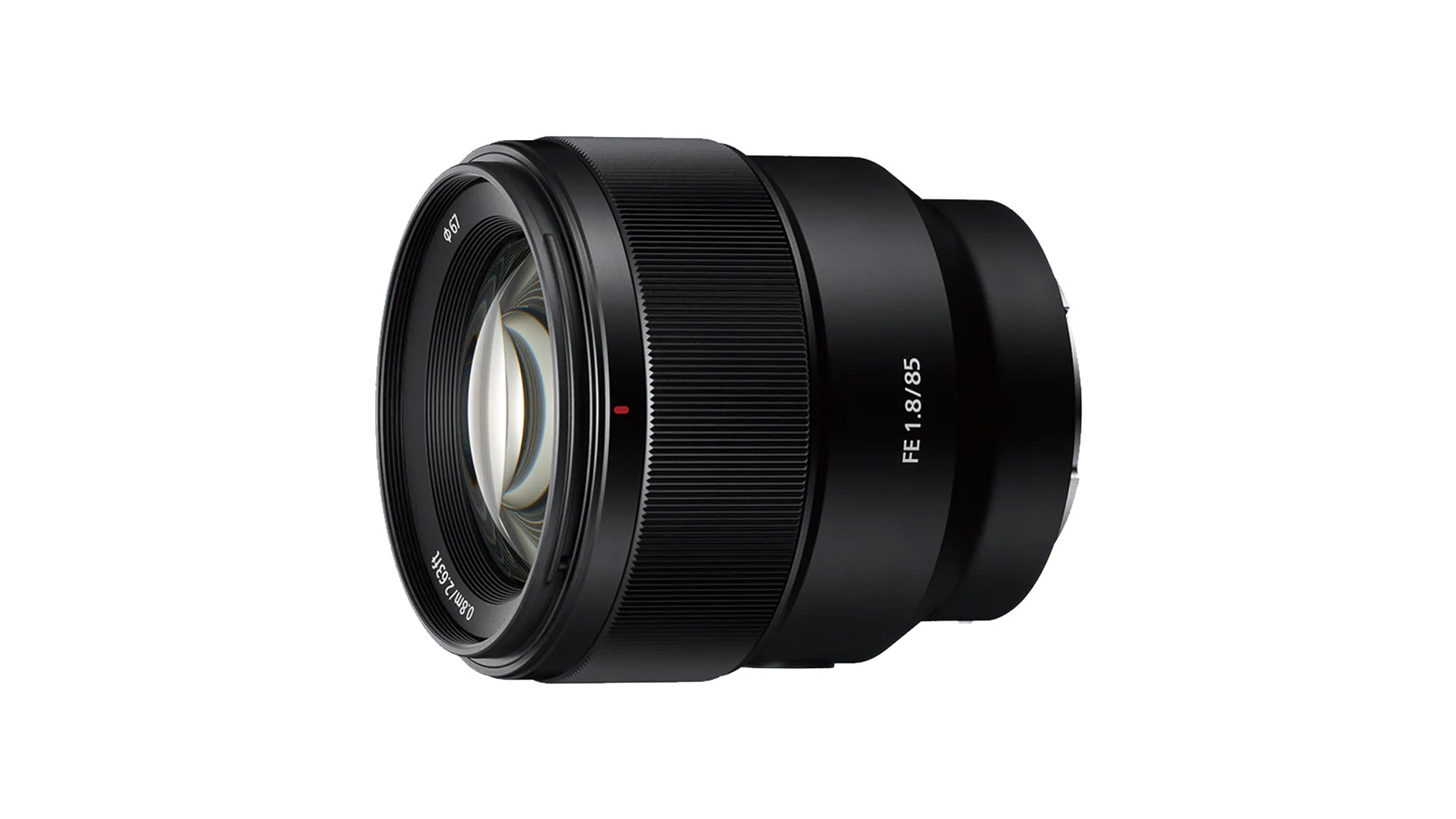
Specifications
Reasons to buy
Reasons to avoid
If portrait photography is your main vocation, the Sony 85mm f/1.4 G Master might be the obvious choice; but if portrait photography is just an occasional thing for you, I think the cheaper, lighter, and nimbler f/1.8 version is the sensible alternative.
The 85mm focal length sits perfectly to balance perspective compression while maintaining a level of accuracy to facial features. The focal length, combined with the fast f/1.8 aperture, creates a flatteringly shallow depth of field for creamy background bokeh that isolates subjects with ease.
Although it comes without image stabilization (for that, you’ll have to rely on the in-body stabilization of the A7 III), it’s significantly cheaper and lighter than the more expensive FE 85mm f/1.4 GM making it more suited for portrait photographers who like to travel light and shoot on location.
Read more: Sony FE 85mm f/1.8 review
Best macro photography lens for the A7 III
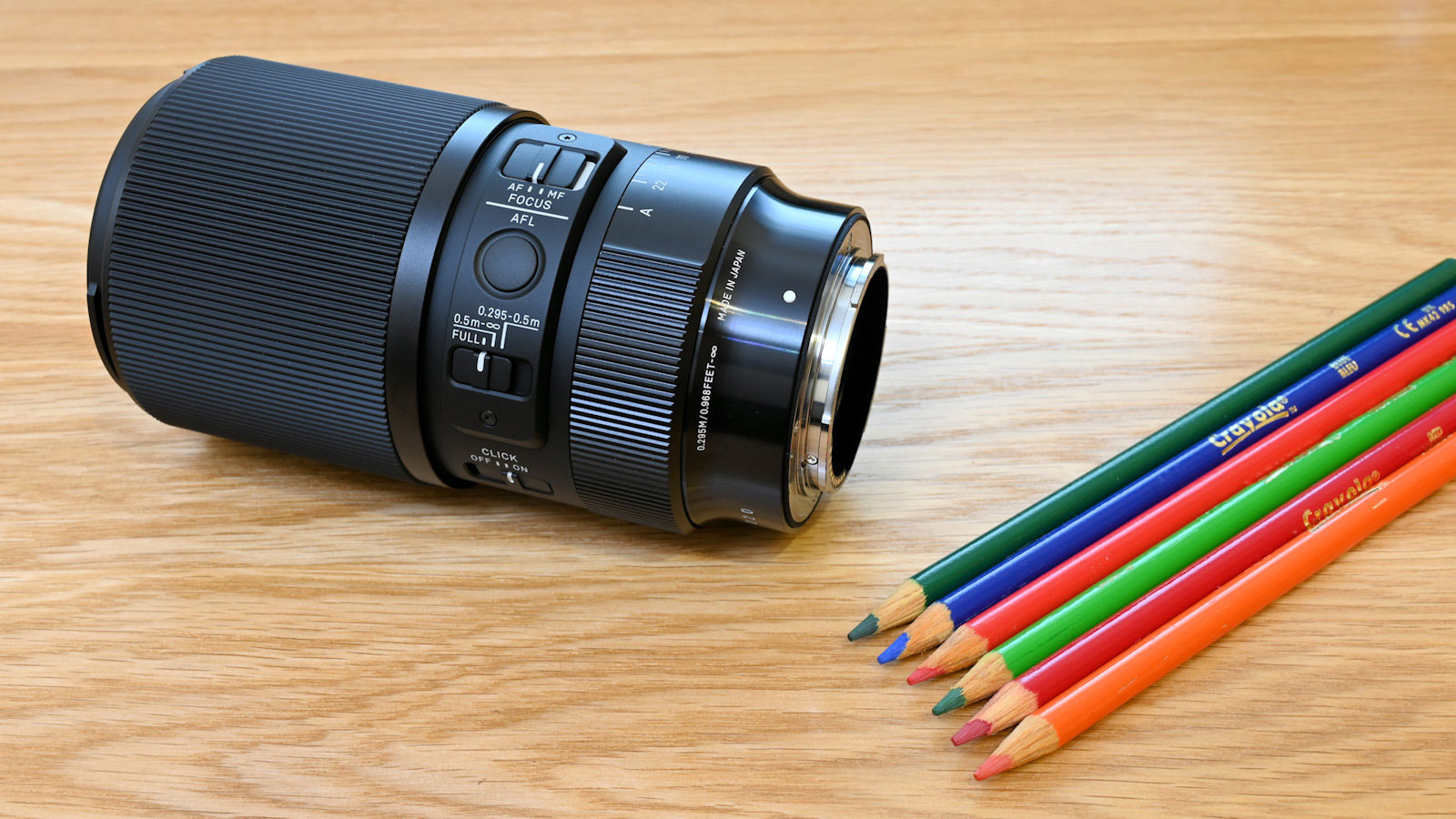
Specifications
Reasons to buy
Reasons to avoid
Sigma’s Art line is known for impressive image quality and robust builds and this 105mm macro is no exception. With a strong, slimline profile it has weather seals all-round to protect it from the elements. Double that with a fluorine coating on the front element and it becomes a lens that could be taken anywhere.
Good as a mid-telephoto portrait lens thanks to its ability to focus to infinity, it quite obviously excels at macro images rendering genuine 1:1 reproduction ratios with outstanding detail. Utterly sharp throughout the frame and a special lens design that reduces color fringing that can’t be compensated for by the camera makes it likely the best macro lens for the Sony A7 III for the money, even more so than the Sony FE 90mm macro.
Read more: Sigma 105mm f/2.8 DG DN Macro | Art review
Best telephoto zoom lens for the A7 III
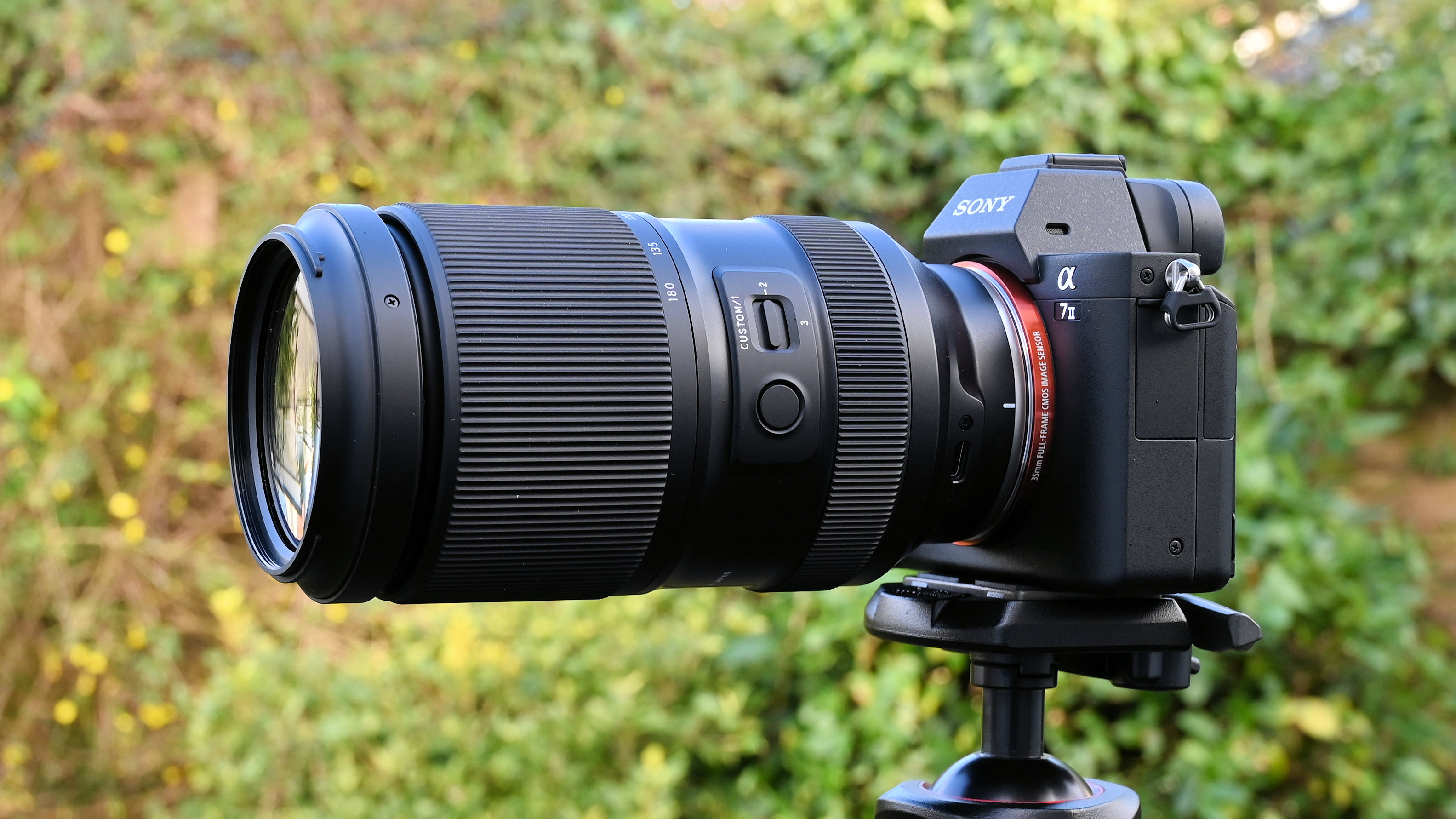
Specifications
Reasons to buy
Reasons to avoid
I love using this lens on both A7-series full-frame cameras and APS-C format Sony bodies. It’s much more compact and lightweight than conventional 70-200mm f/2.8 ‘trinity’ telephoto zooms, which I feel is always a good thing when shooting with slimline mirrorless bodies. Sure, it doesn’t quite stretch to 200mm at the long end but it comes pretty close, while retaining that all-important constant f/2.8 aperture throughout the entire zoom range. Pop it on an APS-C format body like an A6000-series camera or the ZV-E10 and you get an ‘effective’ zoom range of 105-270mm. Either way, it works a treat for weddings and events and even for sports and wildlife photography, while keeping the weight off.
And there’s more. While the original Tamron 70-180mm was a great lens, I love that the G2 adds optical image stabilization, uprated handling and revamped optics. And it delivers all this at a more inexpensive launch purchase price than the original lens. I find that in-body image stabilization fitted to recent Sony (and other makes of) cameras tends to be less effective in telephoto shooting, so the addition of optical stabilization is particularly welcome.
Autofocus is super-fast, based on a VXD (Voice-coil eXtreme-torque Drive) system, and well able to do justice to the Fast Hybrid AF, Eye AF and advanced tracking options in Sony’s recent mirrorless cameras. The proof of the pudding is in the image quality and I like that the optical layout has been redesigned to include an XLD (eXtra Low Dispersion) element, a hybrid aspherical lens element, three LD (Low Dispersion) elements and two GM (Glass Molded aspherical) lens elements. Tamron’s BBAR-G2 (Broad-Band Anti-Reflection Generation 2) coating is also applied to minimize ghosting and flare. All in all, it’s a terrific lens and a bargain at the price.
Read more: Tamron 70-180mm F2.8 Di III VC VXD G2 review
Best wildlife photography lens for the A7 III

Specifications
Reasons to buy
Reasons to avoid
There comes a time when photographers need to reach in close to the action and that’s exactly what the Sony FE 200-600mm f/5.6-6.3 G OSS does. A huge focal length range aids the honing of frames for wildlife, sports, and action photography.
Though it has a slightly slower aperture range than other lenses on this list it’s equipped with an in-built optical steady shot feature that pairs with the A7 III’s in-built stabilization to provide a smooth shot whether handheld or on a monopod. It has three OSS modes and customizable focus hold buttons placed around the barrel at 90-degree intervals.
Read more: Sony FE 200-600mm F5.6-6.3 G OSS review
Lab data and comparisons
The graphs below show the comparative performance of the lenses in this guide, based on our in-house lab tests. They reveal that the Sony FE 50mm and Tamron 70-180mm score particularly highly for sharpness, the latter being particularly impressive for a zoom lens. Color fringing and distortions are pretty low across the board, apart from the Sigma 20mm. Either way, automatic in-camera corrections for these aberrations are available with the Sony A7 III.
Scores for sharpness and color fringing are averaged from data taken across the entire image frame, from the center to the edges and corners, throughout the aperture range. For zoom lenses, the scores are also averaged from data measured at all marked focal lengths, and the same applies to distortion. Bear in mind that these average values don't fully reflect specific areas of performance. For example, a zoom lens might have noticeable barrel distortion at its shortest focal length, which is less obvious when everything is averaged out. For more detailed graphs of each lens's performance, take a look at the graphs published in our full standalone reviews.
How to choose the best lens for the Sony A7 III
The A7 III, like all Alpha 7 cameras, uses the Sony E lens mount. Sony’s own E-mount lenses have either FE or E in their model names: all work on the A7 III. FE lenses are designed for use with full-frame Sony cameras, including the A7 III, so these should be your first choice. If you are buying a third-party E-mount lens, check that the lens is designed for use with full-frame Sonys.
Sony lenses with an E (rather than FE) prefix are designed for APS-C format cameras such as the A6000 series. On the A7 III, they produce a cropped image, so they’re not an ideal choice.
Check out our guide to the best Sony lenses if you want to know more
How we test lenses
The lens experts in our testing lab run a range of tests under controlled conditions, using the Imatest Master testing suite. Photos of test charts are taken across the range of apertures and zooms (where available), then analyzed for sharpness, distortion and chromatic aberrations.
We use Imatest SFR (spatial frequency response) charts and analysis software to plot lens resolution at the centre of the image frame, corners and mid-point distances, across the range of aperture settings and, with zoom lenses, at four different focal lengths.
There's more to it than just the technical side, though! Beyond the lab, our reviewers test lenses in real-world environments – and sometimes on professional shoots! We work with lenses both indoors and outdoors, in studio conditions and in natural light, with as many different subjects as is possible (or appropriate – there's no point testing a landscape lens' ability to shoot a portrait!).
We take into account everything from handling and ease of use to speed of autofocus and the overall quality of the images produced.
Find out more about how we test and review on Digital Camera World
Get the Digital Camera World Newsletter
The best camera deals, reviews, product advice, and unmissable photography news, direct to your inbox!

Rod is an independent photography journalist and editor, and a long-standing Digital Camera World contributor, having previously worked as DCW's Group Reviews editor. Before that he has been technique editor on N-Photo, Head of Testing for the photography division and Camera Channel editor on TechRadar, as well as contributing to many other publications. He has been writing about photography technique, photo editing and digital cameras since they first appeared, and before that began his career writing about film photography. He has used and reviewed practically every interchangeable lens camera launched in the past 20 years, from entry-level DSLRs to medium format cameras, together with lenses, tripods, gimbals, light meters, camera bags and more. Rod has his own camera gear blog at fotovolo.com but also writes about photo-editing applications and techniques at lifeafterphotoshop.com
